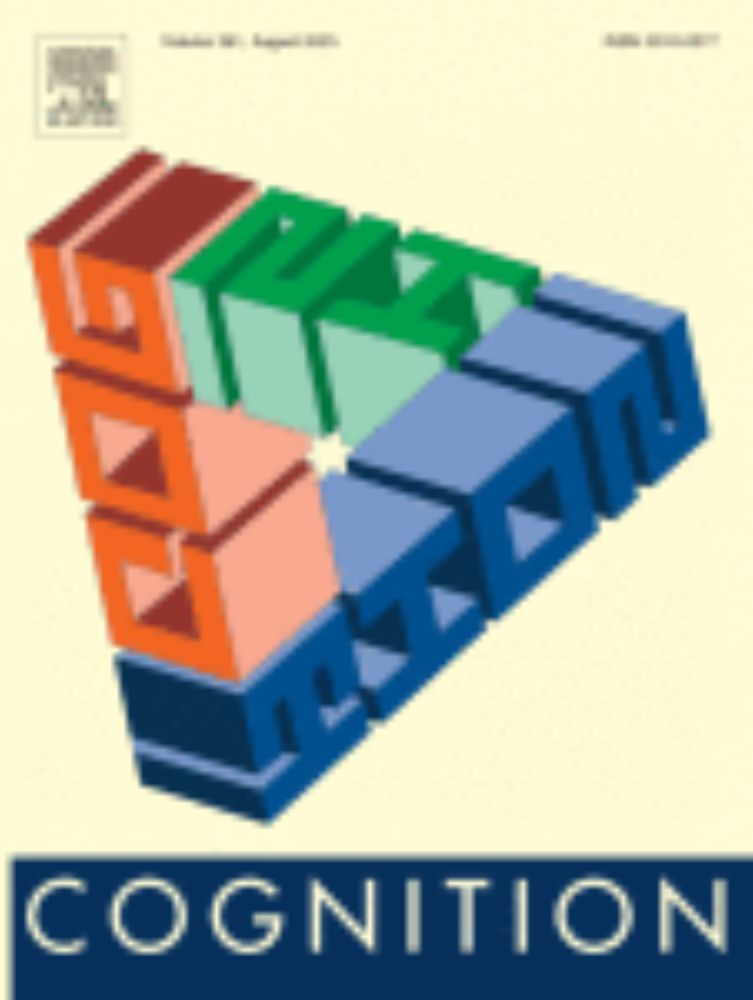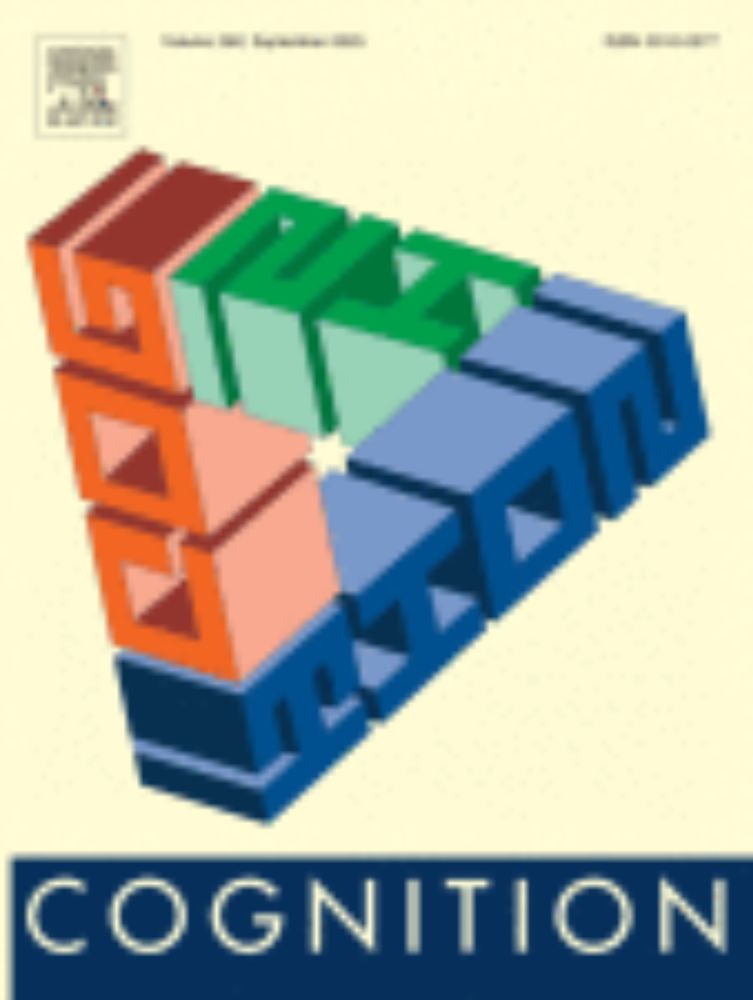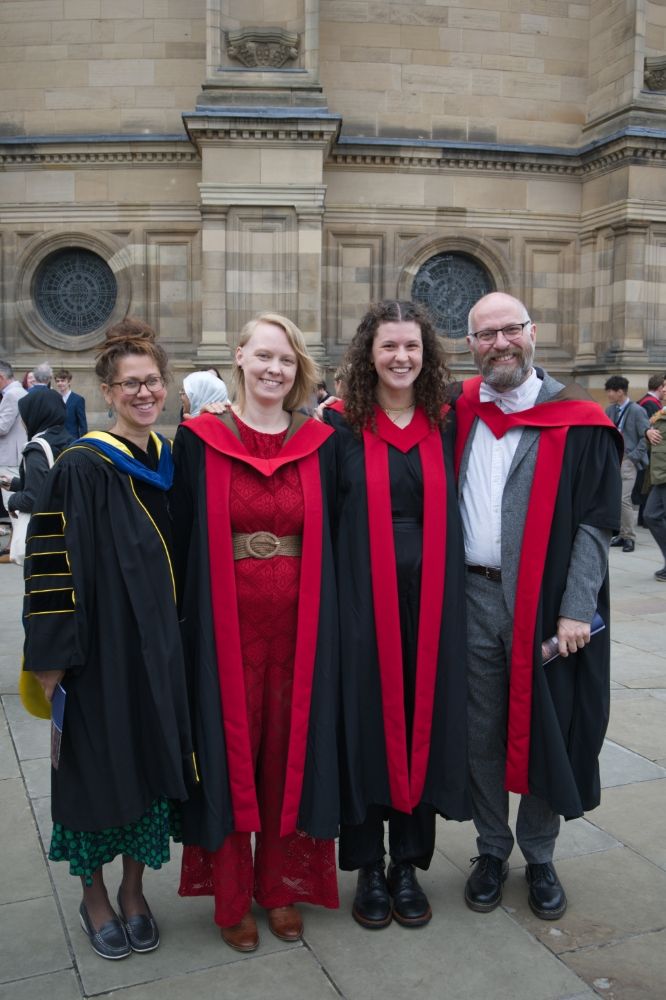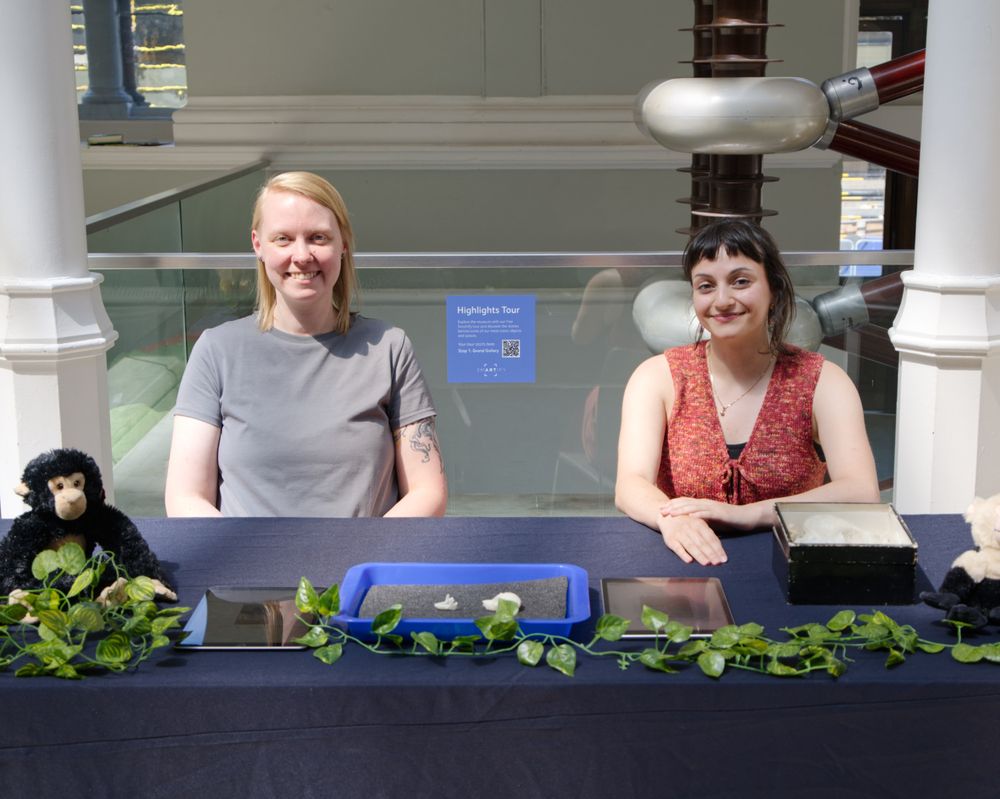Centre for Language Evolution
@uoe-cle.bsky.social
28 followers
14 following
22 posts
Interdisciplinary centre at the University of Edinburgh. We study the cultural evolution of language using experimental and computational approaches. https://cle.ppls.ed.ac.uk/
Posts
Media
Videos
Starter Packs
Reposted by Centre for Language Evolution
Reposted by Centre for Language Evolution
Reposted by Centre for Language Evolution




